
Have you ever waited for important news, been backstage about to step out to perform, or freaked out about an impending deadline? You can feel your heart beating in your throat, the sweat begins to bead on your hands, and the list of things you need to do as an uncontrollable cyclone in your head.
Anxiety feels unbearable.
We have all experienced the whirlwind of anxiety 🙋♀️. There’s the inability to think straight, the struggle to remember things, the pit in your stomach, and the sleepless nights.
For some, it doesn’t end when the event ends or the deadline comes. For those with general anxiety disorder (GAD), the overwhelmed feeling is continuous. It shows up throughout the day, and the night, and basic tasks (like grocery shopping) become near impossible.
So what can we do?
How bout these 8 scientifically proven techniques to help you find anxiety relief?
No matter if you occasionally experience anxiety, or you’re a chronic sufferer, you can find some relief with these techniques below.
As a yoga therapist, I use these techniques to help patients/clients, and even myself (read on to discover my two personal go-to’s), gain control over the occasional anxiety – and the crippling kind.
Short on time? Sign up for my newsletter below and get my 1 min checklist to reduce stress, anxiety, and pain + guided audio, and you’ll feel better in no time.
Sign up for my newsletter and get my 1 min checklist to reduce stress, anxiety, and pain + guided audio.
Privacy is important. I won’t sell your info. I promise.
Some of these techniques are from the same style of intervention, but they’re all different practices. Give them all a try and discover which one works best for you.
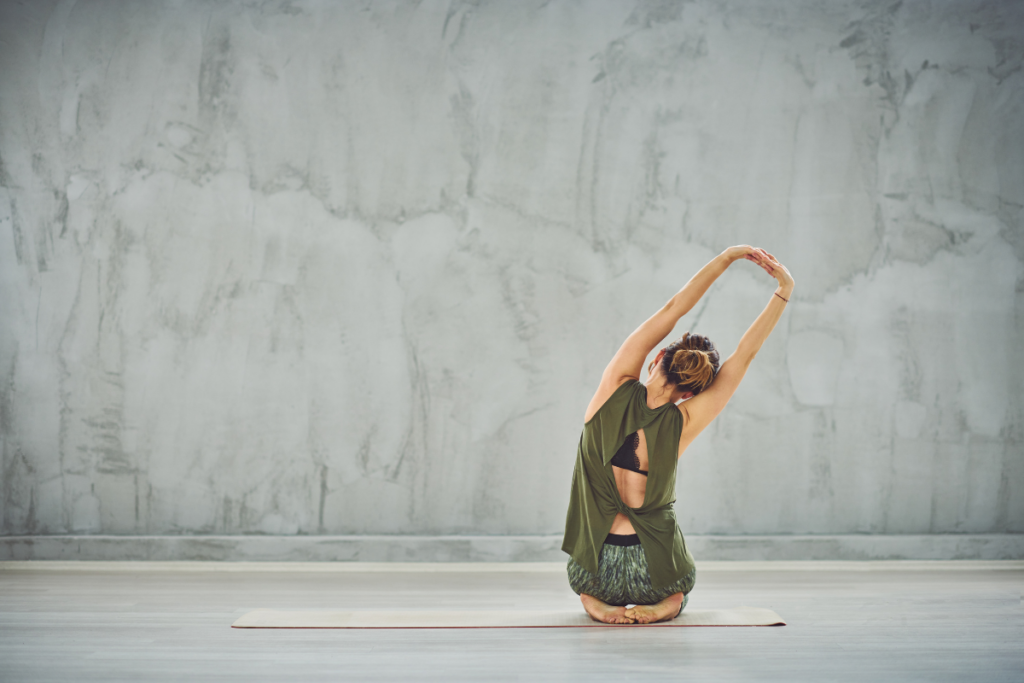
This is a yoga blog, so of course, I have studies to support this ancient practice of reducing anxiety 😉.
Before we get our nerd on let’s define “yoga.” (no not the literal translation). For the purposes of this section “yoga” is in reference to the physical practice of yoga – the poses. Also, referred to as “asana” or “hatha yoga.”
It turns out there are many studies that show how yoga can reduce anxiety on its own or when it’s a byproduct of various health conditions. This study by Joshi & De Sousa, (2012) looks at a variety of published studies that show the benefits of yoga for short-term and long-term anxiety reduction.
There are a variety of mechanisms in yoga that can contribute to the reduction of anxiety. One way yoga poses help to reduce anxiety is it allows the practitioner to get out of their head and connect to their body.

One of my favorite studies while in Yoga Therapy school was by Smyth et al. (2018) Participants journaled 15 min per day 3 days per week for 12 weeks on common positive affect journaling prompts like “What are you thankful for?” After 1 month the participants had less anxiety, and after 2 months they had less pain.
Pretty cool right?
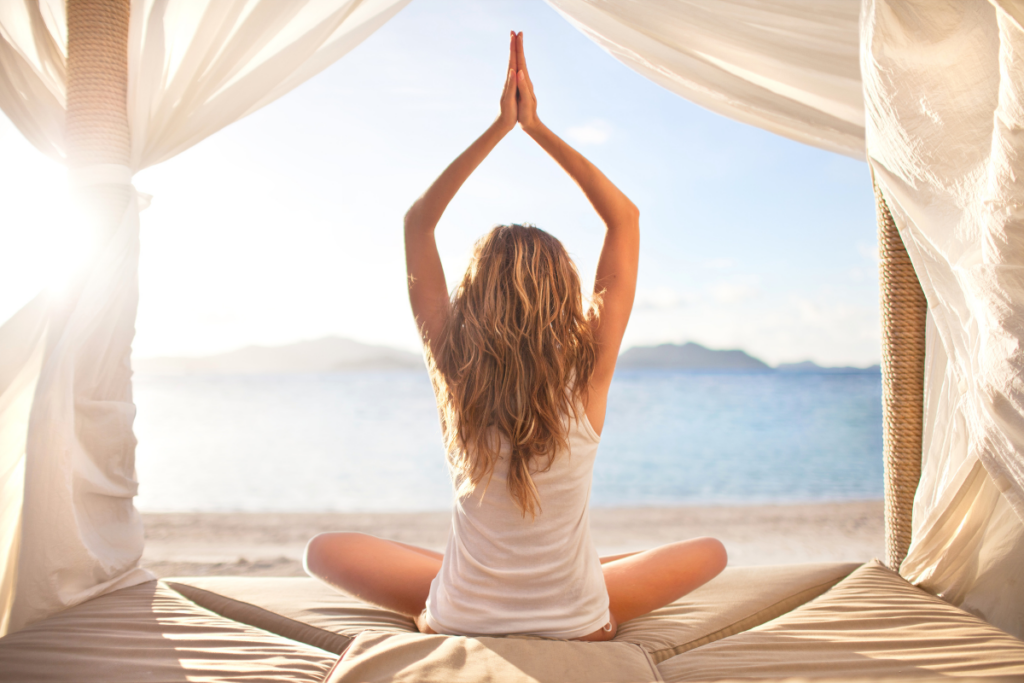
One of the pioneers in mindfulness-based research is Jon Kabat-Zinn. He created a program called Mindfulness-Based Stress Reduction (MBSR) which has been studied and published in journals since the 1980s. His study published in 1992 (Kabat-Zinn et al., 1992) showed reduced symptoms of anxiety and panic after a 3-month bi-weekly program where the participants participated in various mindfulness practices.
What’s even cooler?
Three months after the original intervention, over 90% of the participants practiced mindfulness daily, including mindful breathing. These participants continued to show marked improvement in anxiety symptoms, even after the intervention concluded.

I’ve written two blog posts on breathing. One with step-by-step instructions for mindfulness breathing, the other on the physiology of breathing. This is the first thing I do with all of my patients/clients, and the primary way I tackle anxiety (and/or pain) for myself. The proof is in the pudding, and in the studies.
There are an extensive number of studies on diaphragmatic breathing in both physiological and psychological settings. This systematic review by Zaccaro et al., (2018) gathered evidence in both areas. The evidence gathered is clear, diaphragmatic breathing increases heart rate variability (associated with the relax, rest, and digest nervous system aka parasympathetic nervous system) and measured reduction in symptoms of anxiety.
Read more about the physiology in this post.
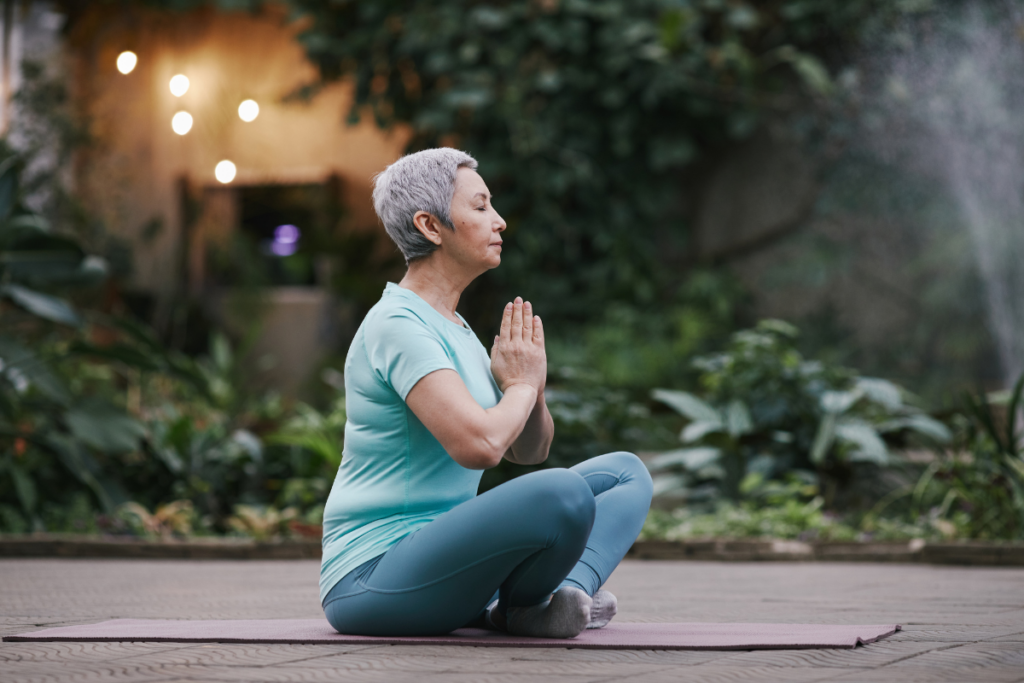
After a 10-week meditation intervention, this study by Kabat-Zinn, Lipworth & Burney (1985) , showed a reduction in perceived pain, anxiety, and depression symptoms in patients with chronic pain (6 months or longer). Patients participated in a minimum of 45 of meditation 6 days per week for 10 weeks.

Yes, as a matter of fact, expressing gratitude, like a genuine “Thank you for putting the dishes away” can decrease anxiety.
A study by Heckendorf, Lehr, Ebert & Freund (2019) showed significant improvement in people with moderate or high levels of anxiety after the use of a gratitude app daily for 5 weeks (and weekly 45-60 min training sessions).
What are you thankful for today?
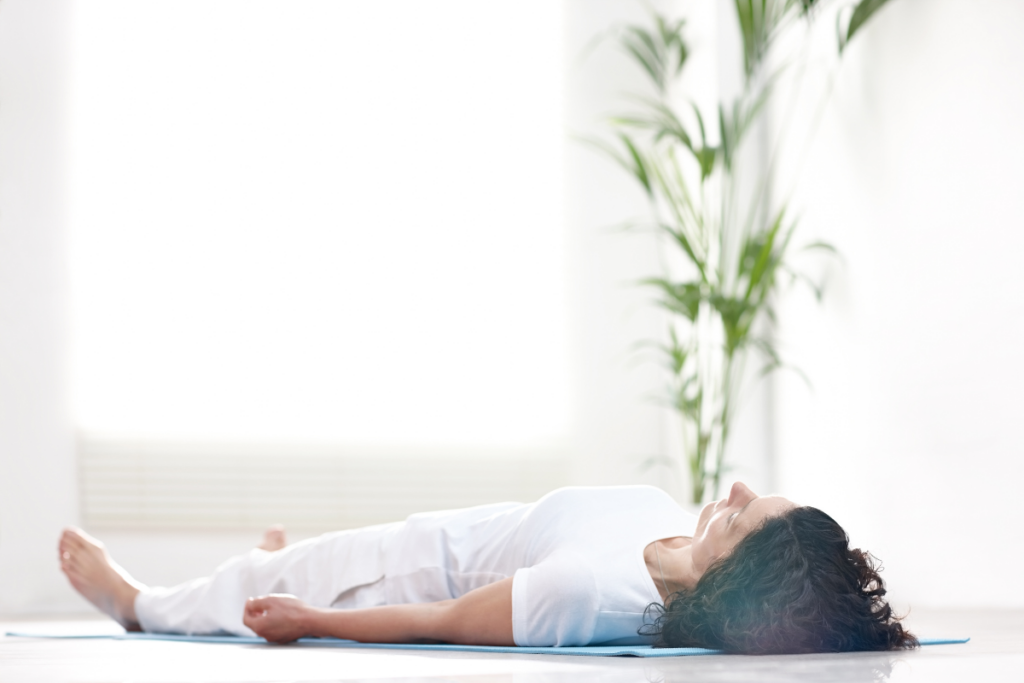
This is one of my favorite tools! The only thing you need for yoga nidra is to be able to hear. I give yoga nidra as homework to all of my yoga therapy clients and patients, and I personally do yoga nidra twice per week (or whenever I’m anxious or stressed).
I have a blog post that explains what you need to know about yoga nidra as well as 2 nidras you can chill out and relax to.
Yoga nidra has been studied for many conditions. A study by Rani, Singh, Tiwari, Singh & Srivastava (2012) found a reduction of anxiety and depression symptoms in patients with menstrual disorders after 35min yoga nidra sessions, 5 days per week, for 6 months.
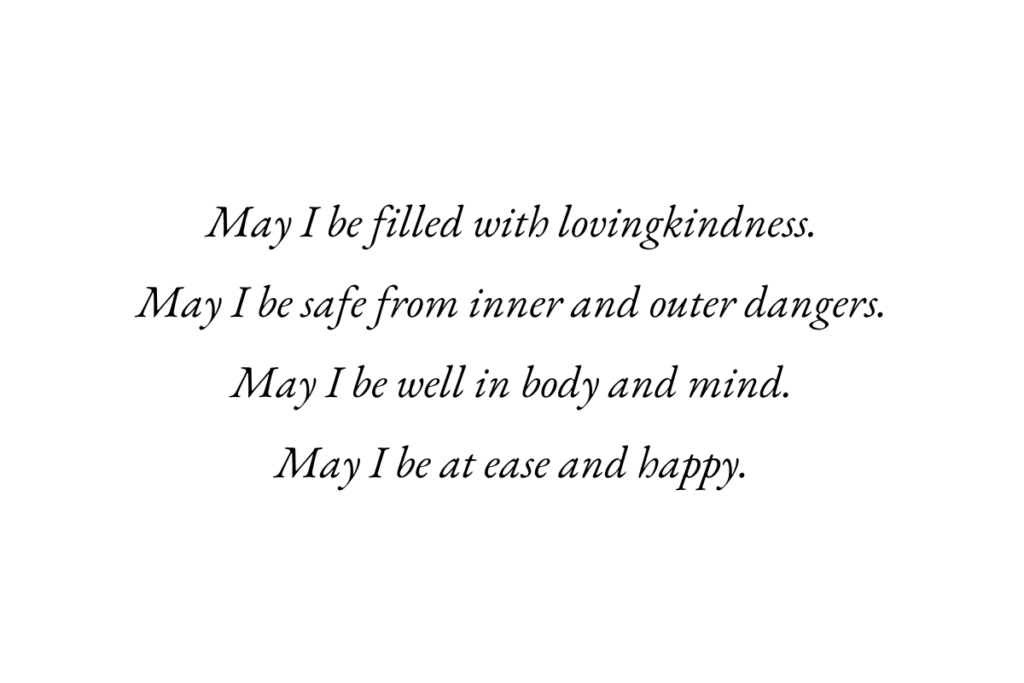
There are many forms of loving kindness meditations (LKM), they can be centered around the self or others. The script above gives an example of what a LKM looks like.
In a study by Carson et al. (2005) participants with chronic back pain participate in 90-min loving kindness meditation sessions for 8 weeks. At the end of the intervention, participants showed a reduction in anger, anxiety, and distress.
Want to know more ways loving kindness meditations can help? Check out this post.
Did you see which two were in my regular repertoire?
Which tool is your favorite?
All of these are excellent tools to relieve anxiety. I’ve combined a few of the tools above into a short 1 min checklist to reduce stress, anxiety, and pain + guided audio to help you think clearer. Sign up for my newsletter below to get this invaluable resource and weekly tips on how yoga and yoga therapy practices can benefit your daily life at home, at work, or any of the places in between.
Sign up for my newsletter and get my 1 min checklist to reduce stress, anxiety, and pain + guided audio.
Privacy is important. I won’t sell your info. I promise.
References
Carson, J., Keefe, F., Lynch, T., Carson, K., Goli, V., Fras, A., & Thorp, S. (2005). Loving-Kindness Meditation for Chronic Low Back Pain. Journal Of Holistic Nursing, 23(3), 287-304. doi: 10.1177/0898010105277651
Heckendorf, H., Lehr, D., Ebert, D., & Freund, H. (2019). Efficacy of an internet and app-based gratitude intervention in reducing repetitive negative thinking and mechanisms of change in the intervention’s effect on anxiety and depression: Results from a randomized controlled trial. Behaviour Research And Therapy, 119, 103415. doi: 10.1016/j.brat.2019.103415
Joshi, A., & De Sousa, A. (2012). Yoga in the management of anxiety disorders. Sri Lanka Journal Of Psychiatry, 3(1), 3. doi: 10.4038/sljpsyc.v3i1.4452
Kabat-Zinn, J., Lipworth, L., & Burney, R. (1985). The clinical use of mindfulness meditation for the self-regulation of chronic pain. Journal Of Behavioral Medicine, 8(2), 163-190. doi: 10.1007/bf00845519
Kabat-Zinn, J., Massion, A., Kristeller, J., Peterson, L., Fletcher, K., & Pbert, L. et al. (1992). Effectiveness of a meditation-based stress reduction program in the treatment of anxiety disorders. American Journal Of Psychiatry, 149(7), 936-943. doi: 10.1176/ajp.149.7.936
Rani, K., Singh, U., Tiwari, S., Singh, I., & Srivastava, N. (2012). Yoga Nidra as a complementary treatment of anxiety and depressive symptoms in patients with menstrual disorder. International Journal Of Yoga, 5(1), 52. doi: 10.4103/0973-6131.91715
Smyth, J., Johnson, J., Auer, B., Lehman, E., Talamo, G., & Sciamanna, C. (2018). Online Positive Affect Journaling in the Improvement of Mental Distress and Well-Being in General Medical Patients With Elevated Anxiety Symptoms: A Preliminary Randomized Controlled Trial. JMIR Mental Health, 5(4), e11290. doi: 10.2196/11290
Zaccaro, A., Piarulli, A., Laurino, M., Garbella, E., Menicucci, D., Neri, B., & Gemignani, A. (2018). How Breath-Control Can Change Your Life: A Systematic Review on Psycho-Physiological Correlates of Slow Breathing. Frontiers In Human Neuroscience, 12. doi: 10.3389/fnhum.2018.00353